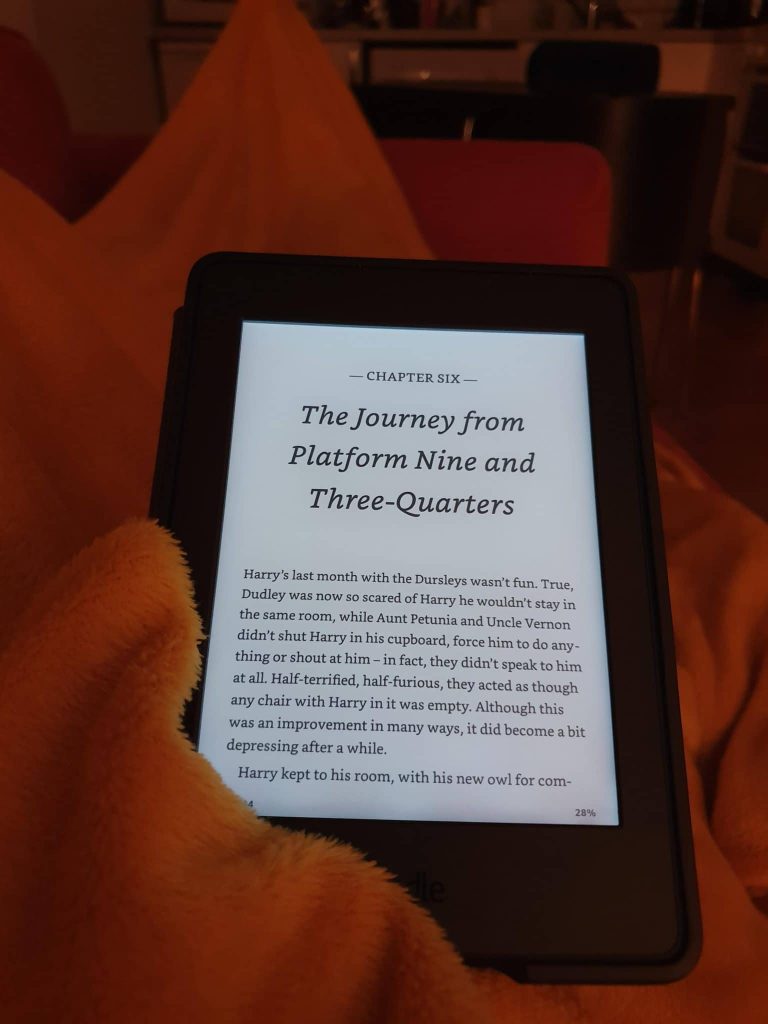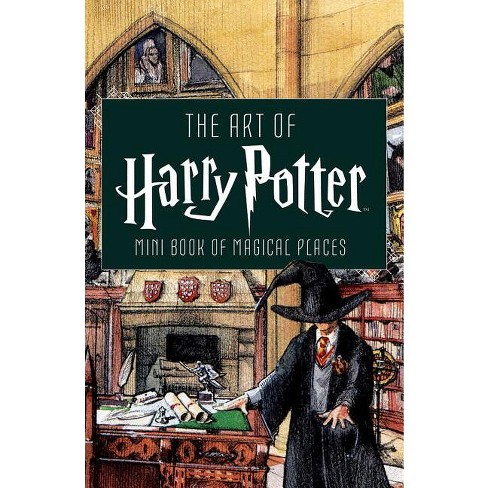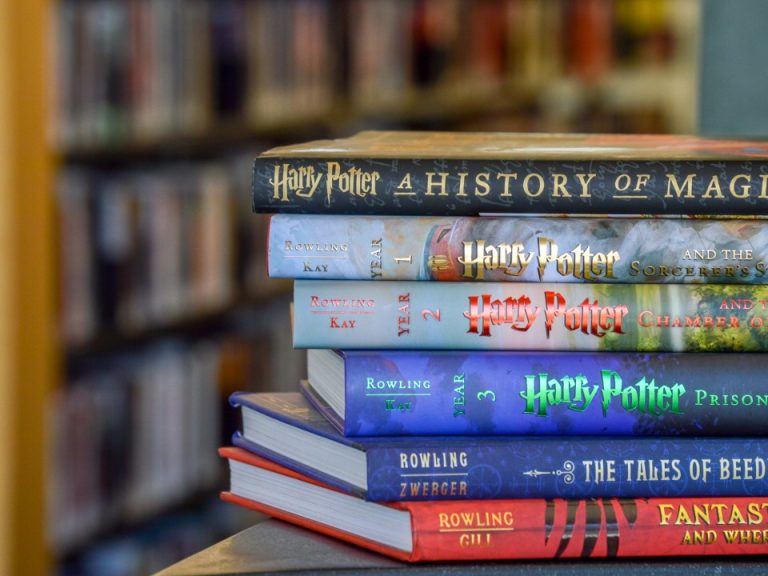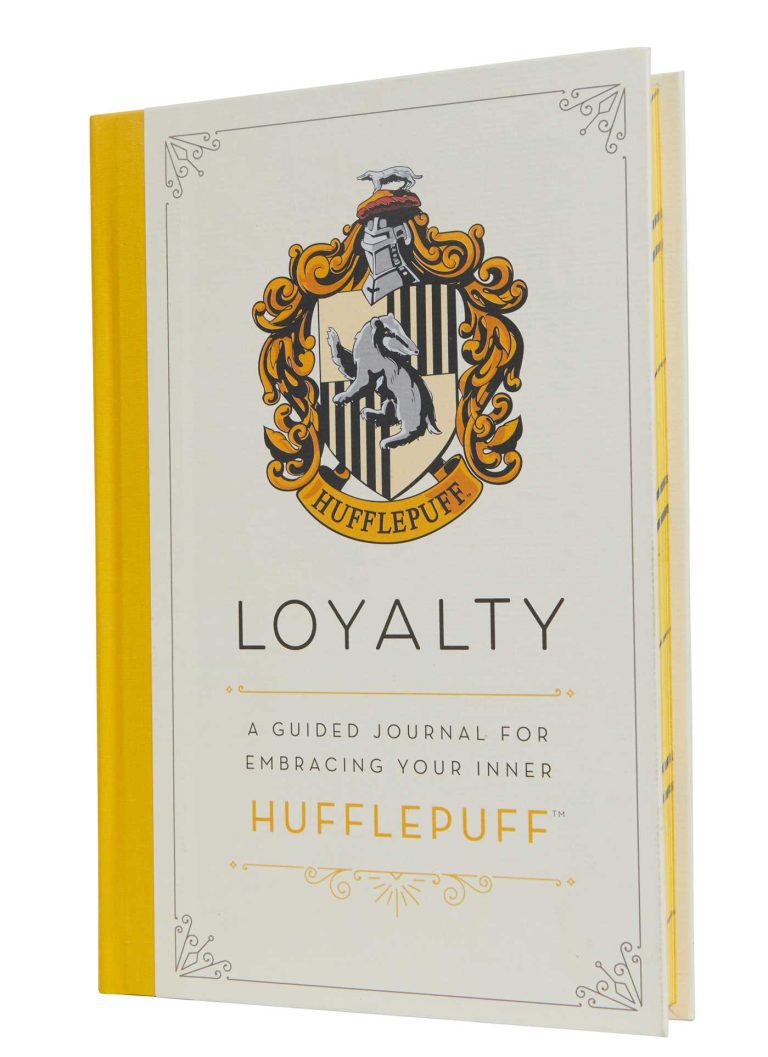Harry Potter Books: The Role Of Magical Creatures In The Wizarding War
Step into the enchanting world of Harry Potter, where magical creatures play a pivotal role in the epic Wizarding War. From the mischievous house-elves to the majestic hippogriffs, these extraordinary beings bring an added layer of wonder and danger to the beloved series. In this article, we will delve into the fascinating realm of magical creatures and explore their impact on the wizarding community during times of conflict.
When J.K. Rowling introduced us to the wizarding world, she seamlessly integrated a diverse range of magical creatures into the narrative, each with their own unique abilities and characteristics. These creatures not only captivate our imagination but also serve as powerful symbols and metaphors for the larger themes of the Harry Potter books. From the loyal and courageous Buckbeak to the treacherous and cunning Nagini, these creatures embody the complexities of good and evil, loyalty and betrayal, and the inner struggles faced by both wizards and creatures alike.
Join us as we embark on a journey through the pages of the Harry Potter series, uncovering the hidden depths and significance of these magical creatures in the context of the Wizarding War. From the humble beginnings of Hagrid’s beloved Norbert to the awe-inspiring presence of the golden trio’s trusted companion, Hermione’s cat-turned-Patronus, we will explore how these creatures shape the narrative, challenge our perceptions, and ultimately contribute to the triumph of good over evil. Get ready to be spellbound as we uncover the untold tales of the magical creatures that inhabit the world of Harry Potter.
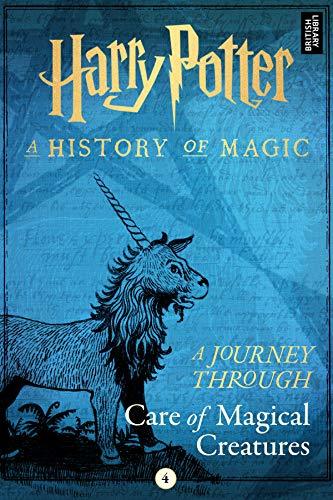
Harry Potter Books: The Role of Magical Creatures in the Wizarding War
The Harry Potter book series, written by J.K. Rowling, has captivated millions of readers around the world. One of the many fascinating aspects of the wizarding world portrayed in these books is the presence of magical creatures. From dragons and unicorns to centaurs and house-elves, these creatures play a significant role in the wizarding war that takes place throughout the series. In this article, we will explore the role of magical creatures in the Harry Potter books and how they contribute to the wizarding war.
The Importance of Magical Creatures in the Wizarding World
Magical creatures serve as more than just fantastical elements in the Harry Potter books. They represent a crucial part of the wizarding world’s ecosystem and culture. These creatures possess unique abilities and characteristics that often come into play during times of conflict. They can be allies, adversaries, or even neutral entities, depending on their individual natures and motivations. Understanding the role of magical creatures in the wizarding war provides insight into the complex dynamics of the magical world and the challenges faced by its inhabitants.
In the wizarding war, magical creatures are not passive bystanders but active participants in the conflict. They are often recruited by both sides to aid in battles and strategic operations. For example, dragons are used as weapons by the dark forces, while the Order of the Phoenix employs creatures like thestrals and hippogriffs for surveillance and transportation purposes. Their unique abilities and instincts make them valuable assets in the war effort, and their inclusion adds an extra layer of depth to the narrative.
The Power of Dragons: From Allies to Weapons
Dragons, among the most formidable magical creatures, play a significant role in the wizarding war. Initially, dragons are depicted as majestic creatures living in habitats such as the Forbidden Forest or the dragon reserve in Romania. However, they are soon recruited by the dark forces and turned into weapons of destruction. Their immense strength and fire-breathing abilities make them formidable adversaries for both wizards and other magical creatures.
Dragons become a symbol of the dark forces’ power and dominance. They are used to instill fear and intimidate the opposition. The inclusion of dragons in the wizarding war highlights the escalating stakes and the lengths to which the dark forces are willing to go to achieve their goals. Additionally, the portrayal of dragons as both allies and adversaries underscores the complexities of the conflict and the ethical dilemmas faced by the characters.
The presence of dragons in the wizarding war also serves as a reminder of the delicate balance between humans and magical creatures. The mistreatment and exploitation of these creatures by certain factions reflect the themes of discrimination and prejudice prevalent in the series. Through the role of dragons, J.K. Rowling explores the consequences of mistreating and underestimating powerful entities, as well as the importance of understanding and respecting the magical world’s diverse inhabitants.
The Loyalty of House-Elves: A Hidden Strength
While dragons represent the raw power of magical creatures in the wizarding war, house-elves showcase a different kind of strength: loyalty. House-elves are magical beings bound to serve wizards and witches. In the Harry Potter books, characters like Dobby and Kreacher demonstrate unwavering loyalty to their masters, even in the face of adversity.
During the wizarding war, house-elves play a crucial role in both sides of the conflict. While some are manipulated and used by the dark forces, others, like Dobby, choose to fight against their masters and support the Order of the Phoenix. Their loyalty to those they deem worthy and their willingness to sacrifice themselves for the greater good make them invaluable assets in the battle against evil.
The inclusion of house-elves in the wizarding war brings attention to themes of freedom, liberation, and the power of choice. Through characters like Dobby, J.K. Rowling explores the importance of recognizing the agency and autonomy of all individuals, regardless of their species or magical abilities. The loyalty and bravery of house-elves inspire readers to question societal norms and fight for equality and justice.
In conclusion, the role of magical creatures in the wizarding war depicted in the Harry Potter books is multifaceted and significant. From dragons to house-elves, these creatures contribute to the richness of the narrative and provide insights into the complexities of the magical world. Dragons symbolize power and dominance, while house-elves represent loyalty and hidden strength. By exploring the dynamics between magical creatures and humans, J.K. Rowling highlights themes of discrimination, freedom, and the power of choice. The inclusion of these creatures adds depth to the wizarding war and enhances the overall reading experience for fans of the series.
Key Takeaways: Harry Potter Books – The Role of Magical Creatures in the Wizarding War
- Magical creatures played a crucial role in the Wizarding War, assisting both the good and evil sides.
- Hagrid’s love and understanding of magical creatures helped the Order of the Phoenix in their fight against Voldemort.
- Thestrals, invisible to those who haven’t witnessed death, were used by the Order for reconnaissance.
- Dobby the house-elf played a vital role in helping Harry and his friends, proving that even small creatures can make a big difference.
- The dragons used by the Death Eaters showcased the dark side’s use of magical creatures for destructive purposes.
Frequently Asked Questions
How did magical creatures contribute to the Wizarding War in the Harry Potter books?
In the Wizarding War depicted in the Harry Potter books, magical creatures played a significant role in both the battles and the overall outcome of the war. Magical creatures such as dragons, hippogriffs, and centaurs were used as allies by both sides. The Death Eaters, Voldemort’s followers, used creatures like giants and dementors to instill fear and cause destruction. On the other hand, the Order of the Phoenix and Dumbledore’s Army formed alliances with creatures like thestrals and house-elves to gather information, transport supplies, and provide support in the fight against Voldemort and his forces.
Additionally, some magical creatures possessed unique abilities that proved invaluable in the war. For example, the basilisk played a crucial role in the Chamber of Secrets, aiding Harry Potter in his battle against the Horcrux within Tom Riddle’s diary. The presence of magical creatures added an element of unpredictability to the war, with their strengths and weaknesses often determining the outcome of specific battles and skirmishes.
Were there any magical creatures that remained neutral in the Wizarding War?
While many magical creatures aligned themselves with either the Dark side or the forces fighting against Voldemort, there were also those who chose to remain neutral in the Wizarding War. The centaurs, for example, stayed mostly isolated in the Forbidden Forest, not actively participating in the conflict but occasionally providing insights and guidance to Harry Potter and his allies. Similarly, the merpeople of the Black Lake chose to stay out of the war, maintaining their own realm beneath the surface.
It is important to note that the decision to remain neutral was often driven by self-preservation rather than a lack of interest in the outcome of the war. Many creatures, like the house-elves, were bound by their loyalty to specific families or individuals and were hesitant to openly take sides. Despite their neutrality, however, these creatures still faced challenges and dangers as the war unfolded, as both sides sought to exploit their unique abilities or gain control over them.
Did magical creatures face persecution during the Wizarding War?
Yes, magical creatures faced persecution during the Wizarding War, particularly from the Death Eaters and those aligned with Voldemort. Creatures such as house-elves and werewolves were subjected to mistreatment and discrimination, with the Death Eaters viewing them as inferior beings. House-elves were often enslaved and forced to serve Dark wizards and witches, while werewolves were targeted and hunted due to their condition.
However, there were also individuals and organizations that fought against this persecution. The Order of the Phoenix, led by Albus Dumbledore, actively sought to protect and defend magical creatures and ensure their rights were upheld. Members of the Order, such as Remus Lupin, advocated for the fair treatment of werewolves, while Hermione Granger spearheaded efforts to improve the conditions of house-elves. The persecution of magical creatures during the war highlighted the broader theme of prejudice and discrimination that permeated the wizarding world and the need for societal change.
How did the presence of magical creatures impact the overall narrative of the Harry Potter books?
The inclusion of magical creatures in the Harry Potter books added depth and richness to the overall narrative. These creatures served as more than just fantastical elements; they represented various themes and ideas. For instance, the presence of house-elves highlighted the issue of slavery and the need for liberation. The plight of creatures like Dobby and Kreacher allowed readers to explore concepts of loyalty, freedom, and the power dynamics within the wizarding world.
Furthermore, the magical creatures in the books often served as metaphors for real-world issues. The werewolves, for example, symbolized the stigmatization and discrimination faced by individuals with certain medical conditions in society. The presence of these creatures not only enhanced the magical aspect of the story but also provided opportunities for readers to reflect on broader social issues and the importance of acceptance and understanding.
What lessons can be learned from the role of magical creatures in the Wizarding War?
The role of magical creatures in the Wizarding War offers several valuable lessons. One lesson is the importance of inclusivity and respect for all beings, regardless of their magical abilities or appearances. The mistreatment and persecution of creatures such as house-elves and werewolves underscored the need for equality and the recognition of individual rights.
Additionally, the alliances formed between humans and magical creatures demonstrated the power of unity and cooperation in overcoming adversity. The collaboration between different species showcased the strength that comes from embracing diversity and working together towards a common goal. Lastly, the role of magical creatures reminded readers of the intricate connections between humans and the natural world, emphasizing the significance of environmental stewardship and the need to protect and preserve the diverse ecosystems in which these creatures reside.

The First Wizarding War: Entire Timeline Explained (Harry Potter Breakdown)
Final Summary: The Magical Creatures’ Impact on the Wizarding War
As we reach the end of our exploration into the role of magical creatures in the Wizarding War, it becomes clear that these fantastical beings played a crucial part in the battle between good and evil. From the loyal and courageous Buckbeak to the enigmatic and powerful dragons, these creatures brought their unique abilities and perspectives to the battlefield. Through their contributions, they not only aided the protagonists in their fight against dark forces but also added depth and richness to the Harry Potter books.
Magical creatures served as more than just secondary characters; they symbolized the importance of unity, acceptance, and respect for all beings. The diverse range of creatures, each with their own strengths and weaknesses, showed that true power lies in embracing differences and working together towards a common goal. J.K. Rowling’s masterful storytelling brought these creatures to life, capturing our imaginations and reminding us of the intricate web of life that exists in the wizarding world.
So as we conclude our journey through the Harry Potter books and reflect on the role of magical creatures in the Wizarding War, let us remember the valuable lessons they taught us. Let us appreciate the beauty and power of diversity, and let us strive to protect and respect all creatures, magical or otherwise. In the words of Hagrid, “What’s comin’ will come, an’ we’ll meet it when it does.” And when we face the challenges that lie ahead, may we find inspiration in the strength and wisdom of the magical creatures that graced the pages of these beloved books.

